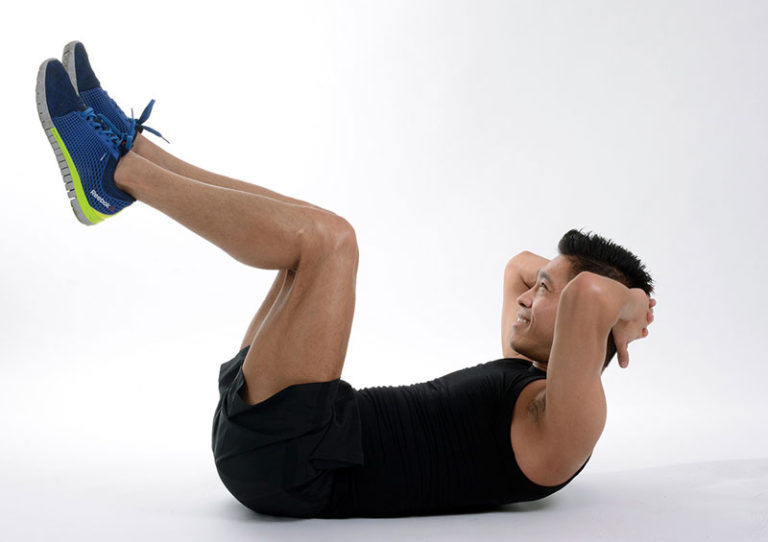
Physical activity, especially aerobic activity, is good for your heart and lungs in many ways. The benefits of physical activity apply to people of all ages and races and both sexes.
Physical Activity Strengthens Your Heart and Improves Lung Function
Moderate- and vigorous-intensity physical activity done regularly strengthens your heart muscle. This improves your heart muscle’s ability to pump blood to your lungs and throughout your body. As a result, more blood flows to your muscles, and oxygen levels in your blood rise.
Capillaries, your body’s tiny blood vessels, also widen. This allows them to deliver more oxygen to your body and carry away waste products, such as carbon dioxide and lactic acid.
Physical Activity Reduces Coronary Heart Disease Risk Factors
- Moderate- and vigorous-intensity aerobic activity done regularly can lower your risk for coronary heart disease (CHD), also called coronary artery disease. CHD is a condition in which a fatty material called plaque builds up inside your coronary arteries. These arteries supply oxygen-rich blood to your heart.
- Plaque narrows the coronary arteries and reduces blood flow to the heart. It also makes it more likely that blood clots will form in your arteries. Blood clots can partly or completely block blood flow. This can lead to a heart attack.
Certain traits, conditions, or habits may raise your risk for CHD. Physical activity can help control some of these risk factors because it:
- Can lower blood pressure.
- Helps improve and manage levels of cholesterol and other fats in the blood. Physical activity can lower triglyceride levels. Triglycerides are a type of fat. Physical activity also can raise high-density lipoprotein (HDL), or “good,” cholesterol levels.
- Improves your body’s ability to manage blood sugar and insulin levels. This lowers your risk for type 2 diabetes.
- Reduces levels of C-reactive protein (CRP) in your body. This protein is a sign of inflammation. High levels of CRP may raise your risk for CHD.
- Helps reduce overweight and obesity when combined with reduced calorie intake. Physical activity also helps you maintain a healthy weight over time.
- May help people quit smoking. Smoking is a major risk factor for CHD.
Inactive people are nearly twice as likely to develop CHD as people who are physically active. Studies suggest that like high blood cholesterol, high blood pressure, and smoking, inactivity is a major risk factor for CHD.
Physical Activity Reduces the Risk of Heart Attack
- In people who have CHD, aerobic activity done regularly helps the heart work better. It also may reduce the risk of a second heart attack in people who already have had a heart attack.
- Vigorous aerobic activity may not be safe for people who have CHD. Talk to your doctor about what type of activity is safe for you.
The Benefits Keep Coming
It is hard to imagine a single practice with more health benefits than regular physical activity. In addition to protecting your heart in numerous ways, staying active:
- May help to prevent cancers of the breast, uterus, and colon.
- Strengthens your lungs and helps them to work more efficiently.
- Tones and strengthens your muscles.
- Builds stamina.
- Keeps your joints in good condition.
- Improves balance.
- May slow bone loss.
Regular physical activity can also boost the way you feel. It may:
- Give you more energy
- Help you to relax and cope better with stress
- Build confidence
- Allow you to fall asleep more quickly and sleep more soundl
- Help you to beat the blues
- Provide an enjoyable way to share time with friends or family